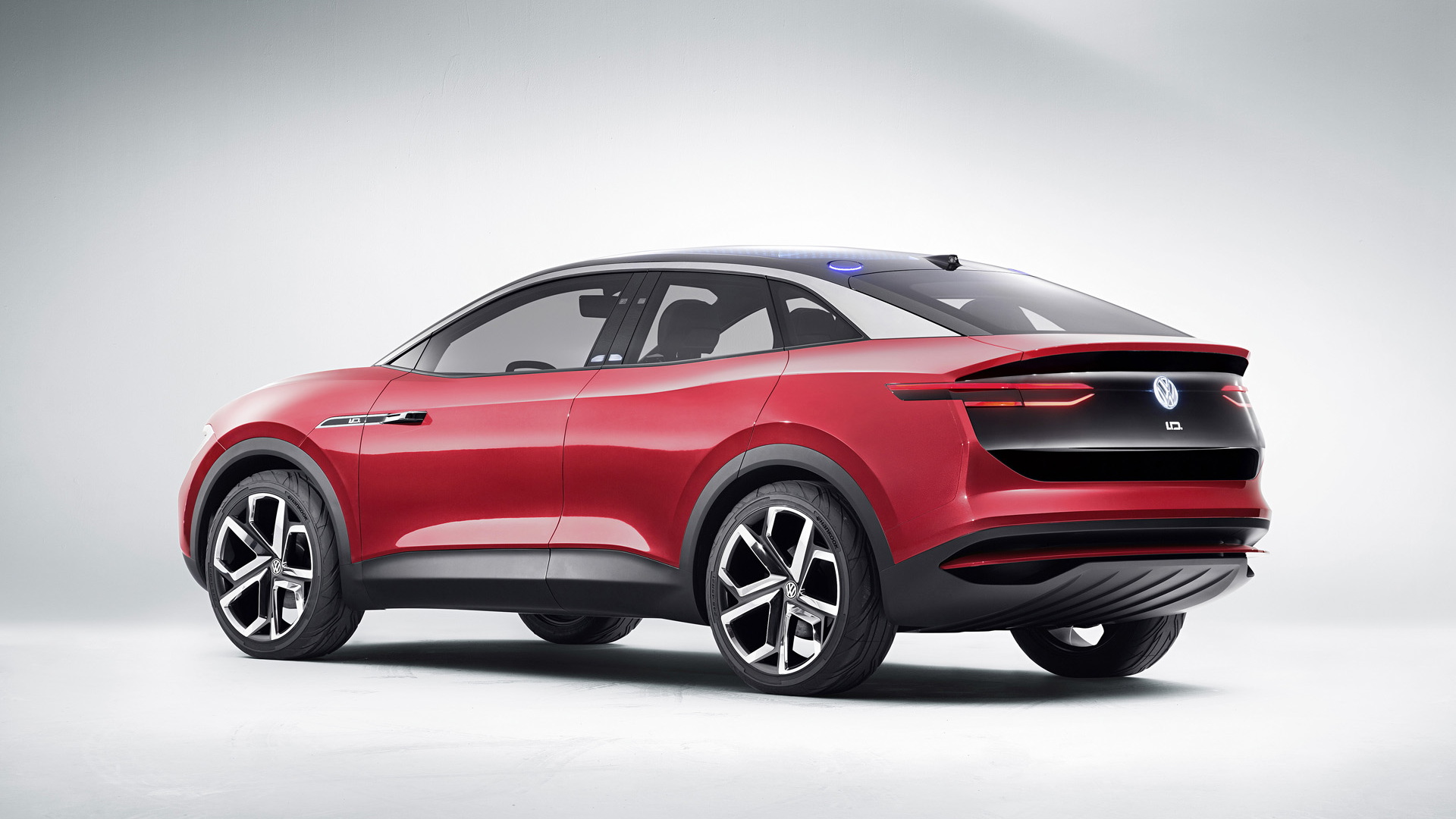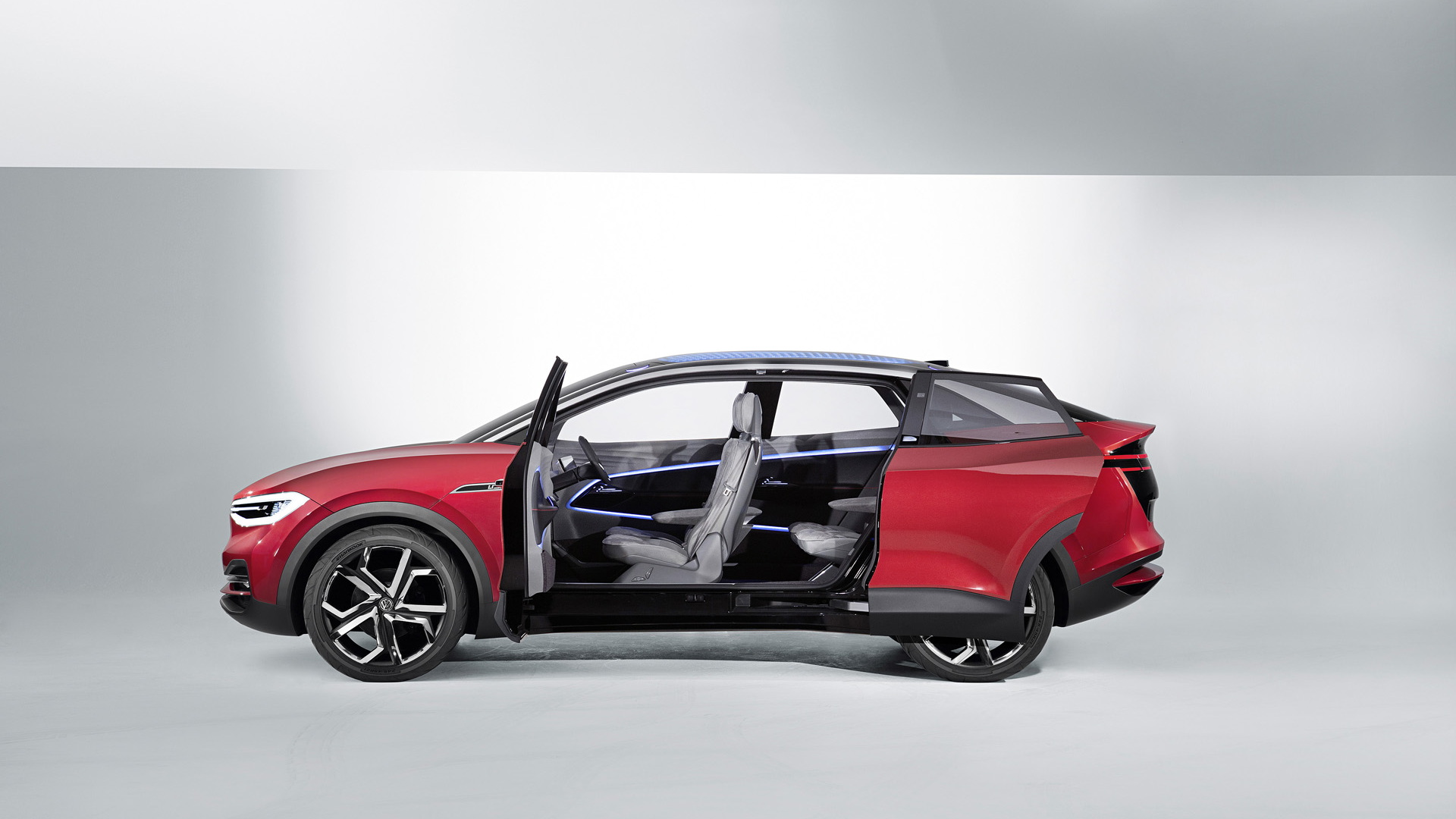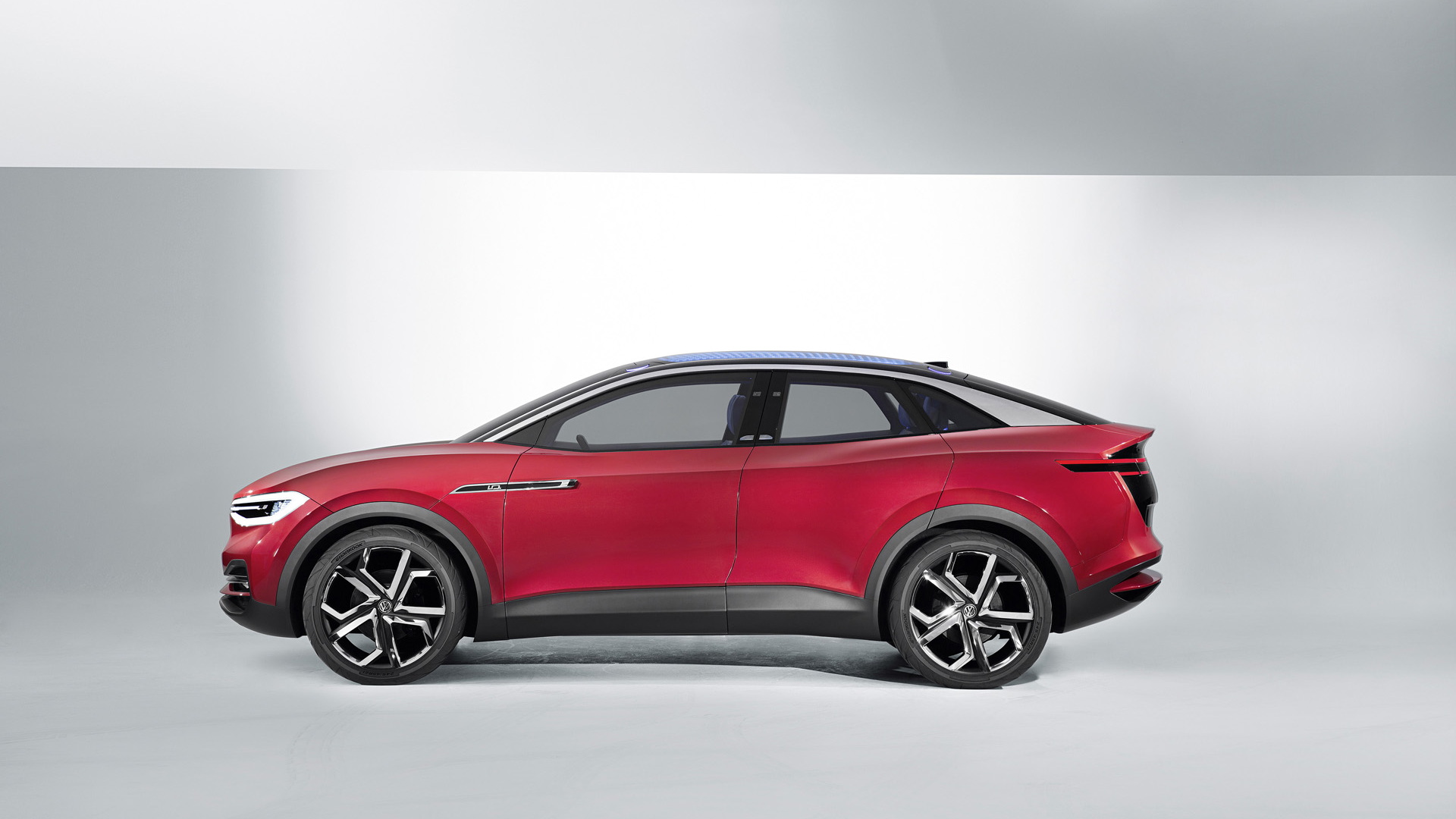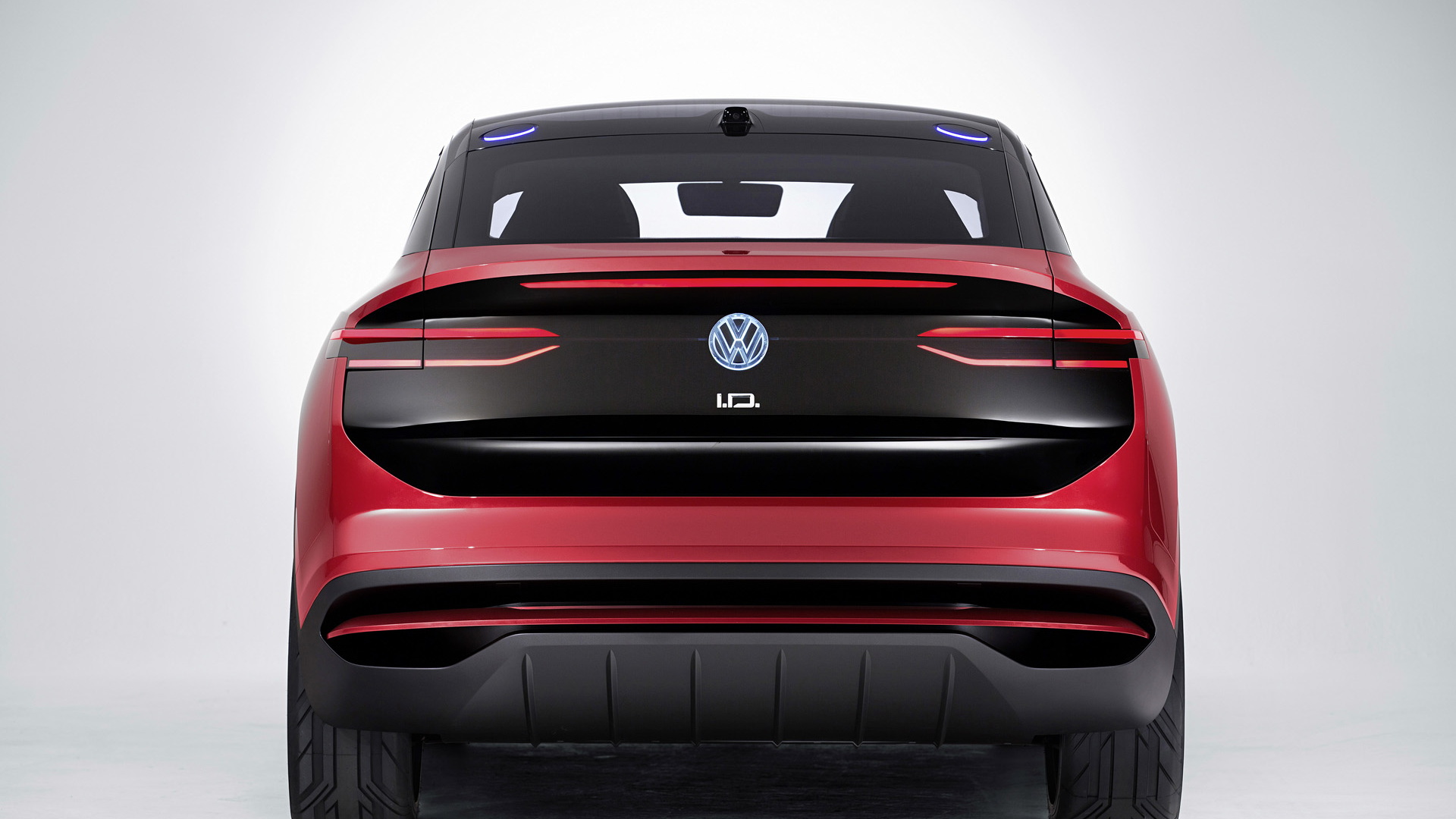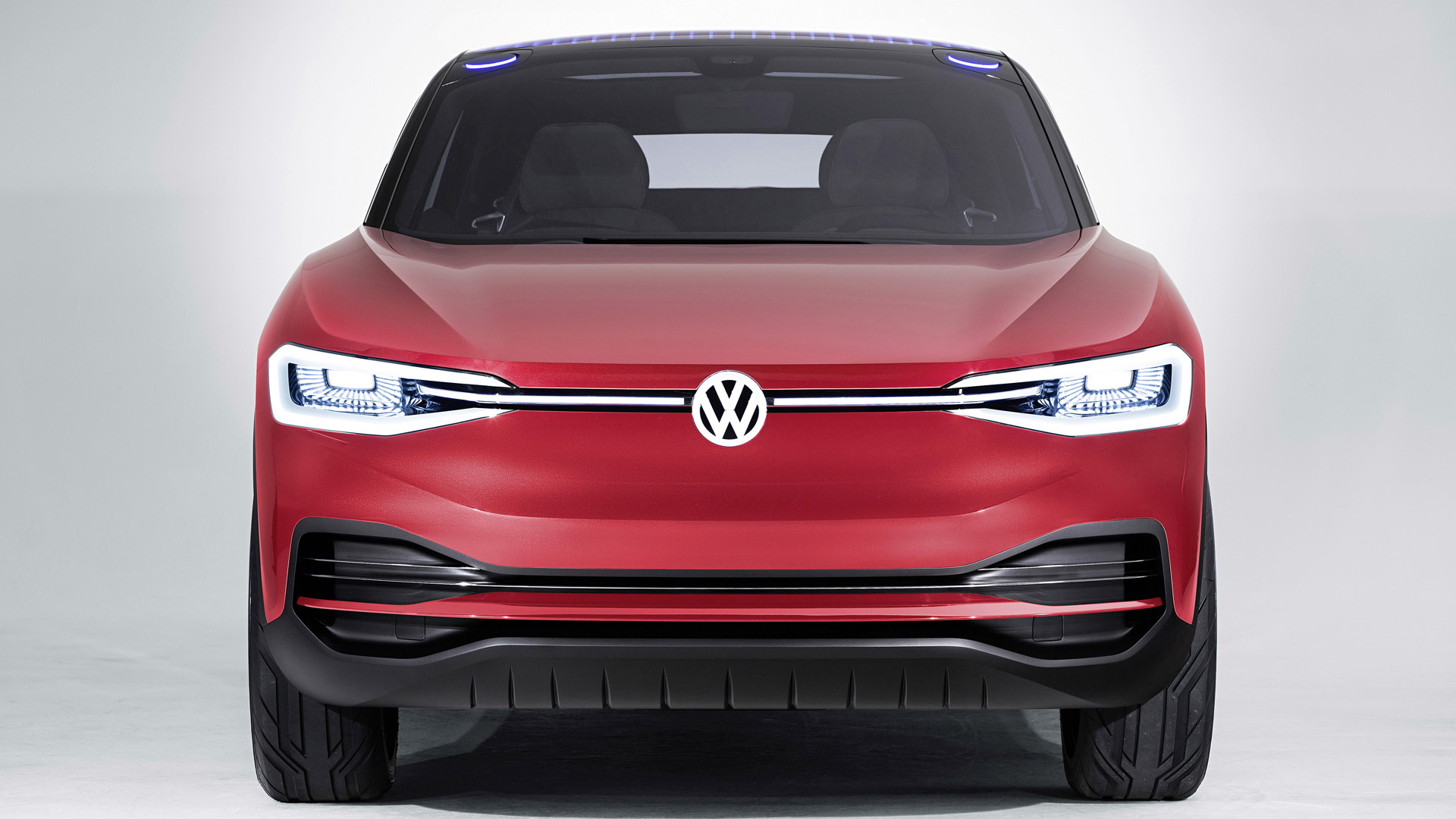With the ID 3, Volkswagen is officially launching the first of a new wave of EVs that it’s conceived as “electric vehicles for millions, not millionaires.”
The U.S. won’t be getting the vehicle that kicks it all off—the Golf-sized ID 3. Instead we’ll be getting a larger model (rumored to be called ID 4 or ID 4X) based on the ID Crozz concept, and about the size of the U.S. Tiguan—a generously sized compact SUV that’s about the size of the Tesla Model Y and currently rivals the Toyota RAV4, Honda CR-V, and Ford Escape, among others.
And it might not be any more expensive than the Tiguan—a claim that could undercut the Tesla Model Y by up to $10,000.
“Our goal is to make the comparison to a comparable internal combustion car—for example, versus a Tiguan,” said Volkswagen of America CEO Scott Keogh to Green Car Reports, last week at the Frankfurt auto show. “When I can put these two apples to apples. I think that is positioning it for the masses.”
The 2019 Volkswagen Tiguan starts at $25,290, including the $995 destination charge, and ranges up to $39,890 for an SEL Premium R-Line 4Motion (all-wheel drive) version.

2019 Volkswagen e-Golf
So it’s quite likely that a base version of the electric crossover would start lower than the $32,790 base price of the current Volkswagen e-Golf.
Keogh wouldn’t say yet whether that includes incentives like the federal EV tax credit. “These are all things we’ll get to,” “and I think I would include the price of ownership and all that.”
The U.S. CEO wouldn’t reveal more about pricing beyond that, so it’s not yet clear if he was referring to items like the “gas savings” that Tesla has figured into its prices—in what some see as a misleading way in its retail site, as they make assumptions about annual mileage, where the car will be put to use, and gas-price trends.
Earlier indications on price, from Volkswagen in Germany, hinted that the ID models would be priced in a way comparable to VW’s TDI diesel models—which typically had been 15 to 25 percent higher than equivalent gasoline models.
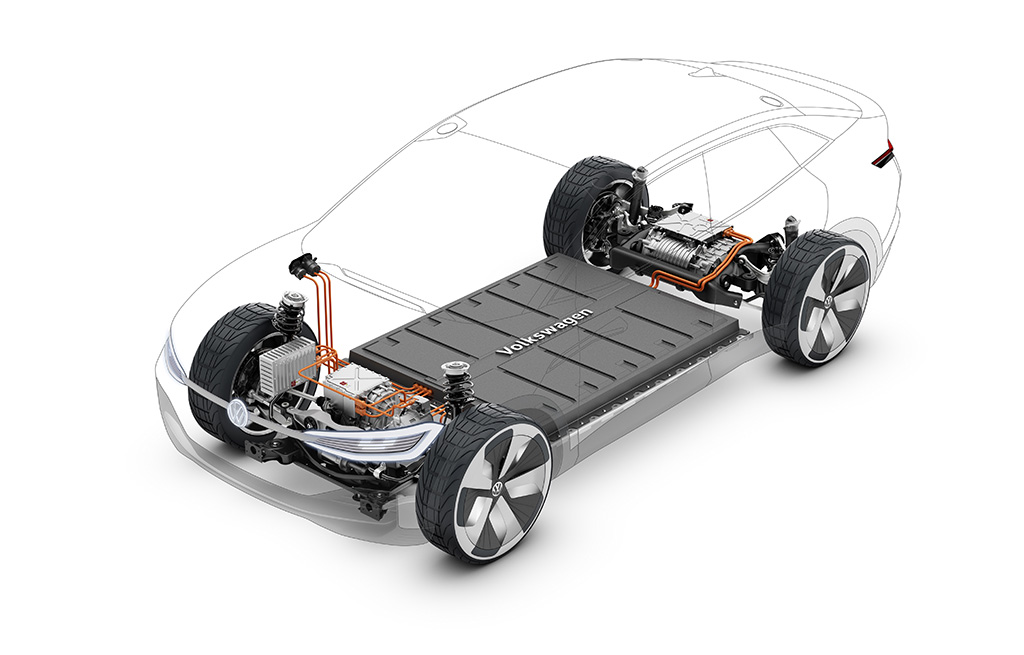
Volkswagen ID Crozz concept, 2017 Shanghai auto show
The most expensive part of Volkswagen’s electric vehicles will of course be the battery pack, and VW is planning to use the same range of three packs across the initial set of MEB-platform models, including 48-kwh, 62-kwh, and 82-kwh packs (corresponding to what VW says is 45-, 58-, and 77-kwh of usable capacity).
Production of the ID 3 will start in November, with first deliveries by the middle of next year. The ID Crozz–based vehicle won’t be far behind, with U.S. deliveries potentially starting in the fall. Initial U.S. ID vehicles will come from Europe, with production from Chattanooga taking over for the market by 2022.
One interesting footnote in all of this: If Keogh’s “apples to apples” aim is true, the ID 4 could be priced lower than the ID 3, which in Europe enters at less than $33,200 (30,000 euros) for a base version and $44,000 for the ID 3 1ST, a special, well-optioned launch edition. At that, it could at last be the kind of numbers-crunched EV bargain that American families might find hard to resist.
